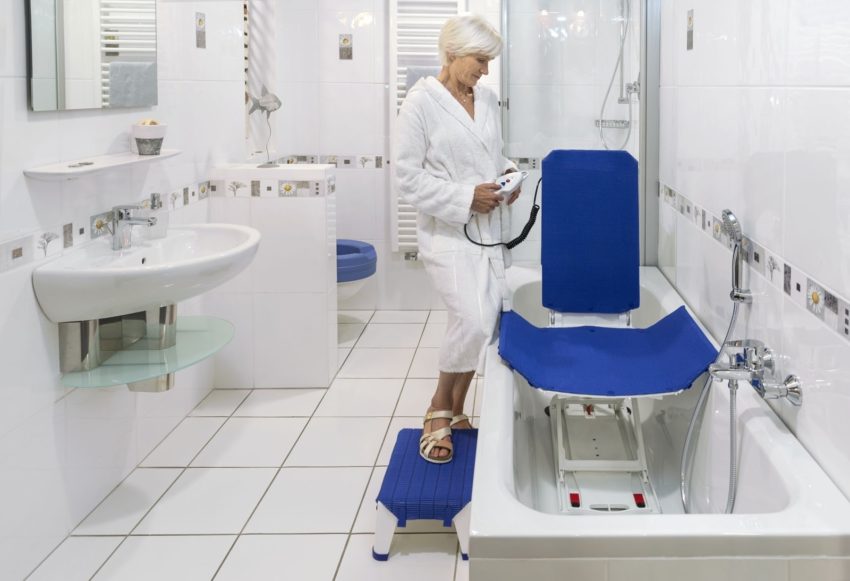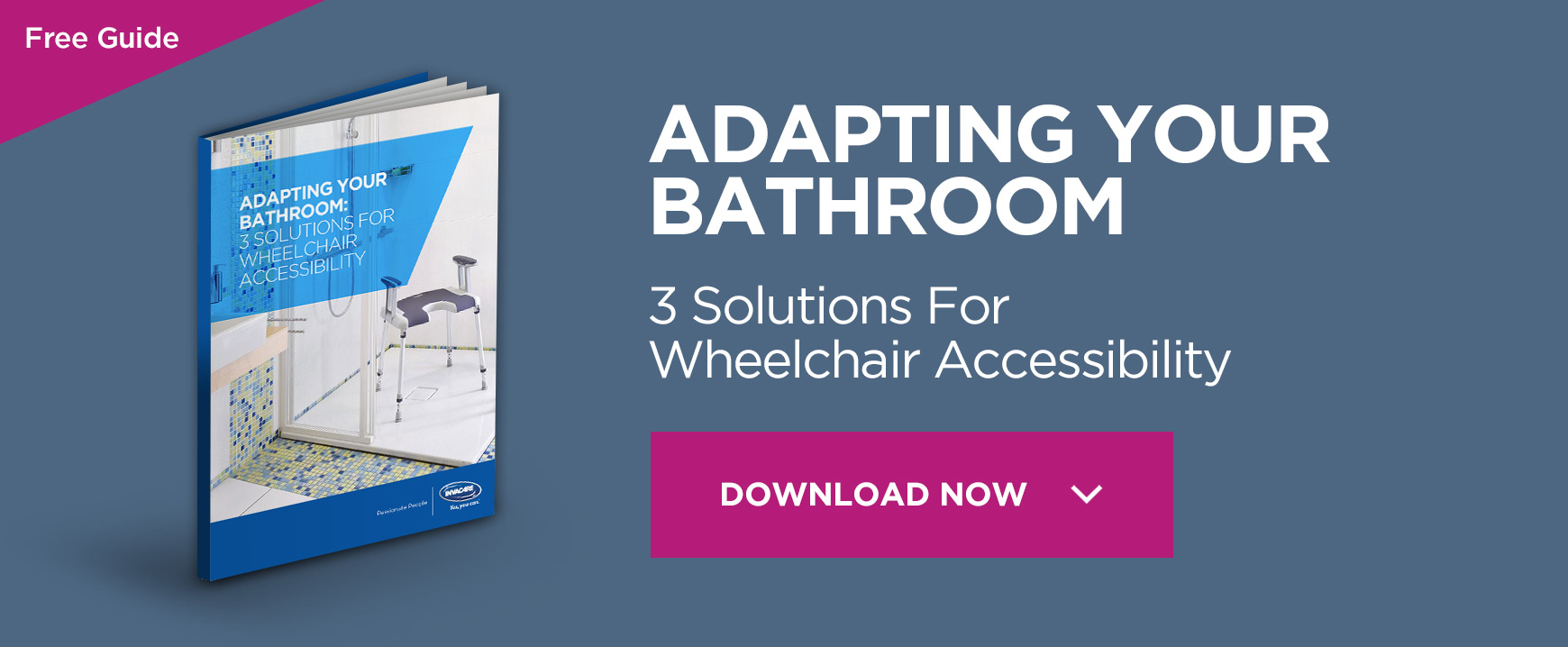
Everybody likes to talk about independence, so much so that it sometimes almost feels as if independence is this vague and practically unreachable idea. But it’s not. Not if you know where to look and what to look for.
If you have mobility issues, whatever the cause may be – disability, injury, age, or anything else – chances are some of the daily home activities might be causing you some pain, issues or just take longer than they used to to complete. We often seem to forget to begin our quest for independence in one place where independence starts – our home, the place we always return to the place where we spend the most precious moments of our lives.
Where to start?
If you want to achieve maximum possible independence, the first thing to do is to find all the ways you can be independent by yourself. Sounds strange? Well, put simply, this means finding all the different aids that can replace, in a way, your need to have anyone assisting you. Believe it or not, many different independence aids can help you achieve this in varying ways and levels, but it will all, ultimately, depend on your remaining mobility, of course. Let’s explore some of them.
Bathroom aids
This category offers the largest variety of independence aids. They include everything from simple grab bars and toilet seat raisers, all the way to shower chairs and stools, bathtub seats and bathlifters.
When living life with mobility or balance issues, a trip to the toilet can be daunting at best, and at worst it can be quite unsafe. There are a number of devices available to make the humble more accessible, but they generally fall under two categories – a toilet seat raiser or a toilet frame
Both of these toilet aids can help make your trips to the bathroom safer and easier, but their approach in doing so is very different. A toilet seat raiser adjusts and adapts your existing toilet seat and makes it more accessible by raising the seat height – it’s essentially a height add-on for your toilet. A toilet frame, on the other hand, helps you more easily and safely maneuver the often treacherously narrow and slippery space around your toilet seat by providing a firm, and yet conveniently mobile support platform when you need to lower yourself on or raise yourself off from the toilet.
The other big part of the bathroom aids are the commodes, shower chairs and stools. These independence aids can all be fixed or wheeled, depending on the model, and some of them are even foldable. Most of shower chairs and stools, although designed primarily to make your showering effortless and comfortable by allowing you to sit in your shower while making most of your body reachable, can also be used in a similar fashion to commodes. And commodes are a sort of a portable toilet seats that allow you to urinate and empty your bowels without the need to visit the bathroom. Some of the commode, shower chair and stool models are multifunctional, so you could almost say they’re the universal bathroom independence aid.
More specialised are bathtub seats and their motorised cousins, bathlifters. If you have mobility issues, bathtubs are a notoriously difficult challenge, sometimes even an impossible one. Luckily, in most situations, bathtub seats and bathlifters can ease that challenge, or even remove it altogether. Both types of products offer comfortable and safe, but most of all, accessible seating in your bathtub, while bathlifters also allow you to be lowered in, or raised out of your bath effortlessly.
Rollators
Hygiene is important, but it’s not all there is. Even if you spend your entire day in your home, you have to move about – you’ll have to prepare a meal, watch your favourite TV show, answer the phone or the doorbell. And when moving around hinders your independence, getting a rollator can be the solution you need. This extra set of wheeled legs can offer support wherever you need it, it has always and useful storage space for the things you need to keep handy, and it also doubles as an ever-available chair when you need an impromptu rest.
In fact, why stay at home? Take a walk in the park or visit a few neighbours. Now you can.
Often overlooked in terms of independence is the bed. Everybody has one, but not every bed can is an independence aid. An electric profiling bed can be, and is, an independence aid. Not only can it make getting in and out of bed as easy as it should be, it will also offer much needed comfort, and increase your safety by reducing falls (through the use of side rails) or limiting injuries from a fall by having the bed lowered to the ground – let’s not forget that crash mats to protect bodily harm after a fall are available, too. An electric profiling bed can also help you avoid common health issues – such as pressure sores – caused by a poor choice of bed and bedding. Profiling beds can also provide independence to those who are prescribed bed rest, as it allows them to sit up unaided, which means they can take part in various activities like social interactions, watching TV, eating – you name it!
In conclusion
In this article we’ve covered a number of independence aids that can help you live and carry our daily tasks self-sufficiently in your own home. Let this be your starting point, but do keep exploring until you find the right products for you. However, never forget that it’s important to make informed decisions on how to properly and safely increase your independence and home accessibility, so seek professional help whenever possible. Also – and this should go without saying – if you’re the one having a loved one living independently, it doesn’t mean that they should be left alone. It’s still important to visit regularly, include them socially and check if the products are still suitable or if more support is needed.
Keep reading
** This post was originally published on https://www.passionatepeople.invacare.eu.com/independence-aids-products-that-can-help-you-live-independently-in-your-home/


